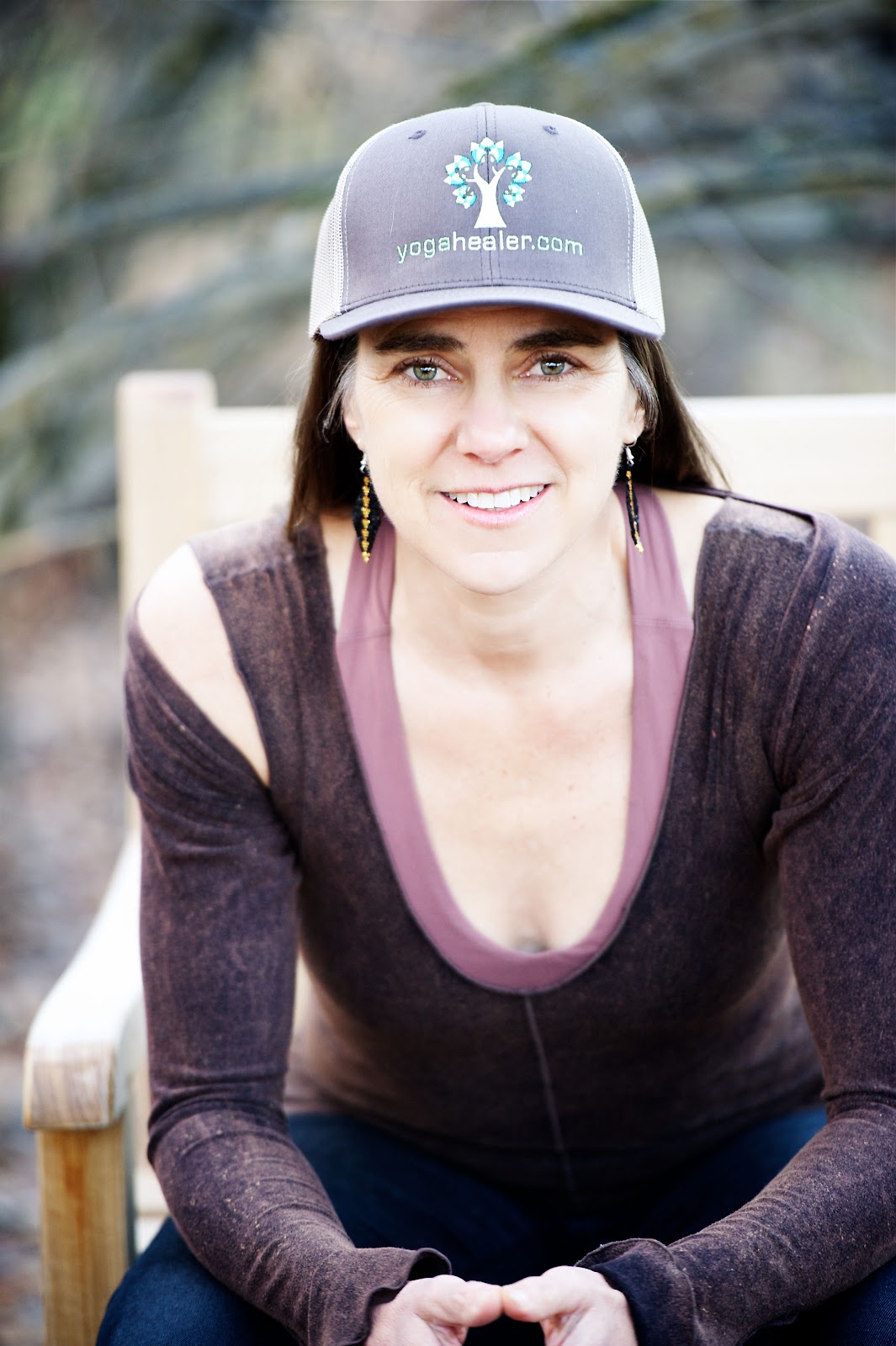Ferment

Wild fermentation is the opposite of homogenization and uniformity, a small antidote you can undertake in your home, using the extremely localized populations of microbial cultures present there to produce your own unique fermented foods.
— SANDOR KATZ, WILD FERMENTATION
Just as shit happens, fermentation happens.
Your poop is a fermented functional anaerobic microbiome, feeding off the fiber. Poop as compost is the microbiotic fertilizer that rejuvenates soil for growing more food. Feces are the remains of food that billions of bacteria have fermented in the gut; per gram of feces contains 100 billion bacteria, 100 million to 1 billion viruses, and about 100 million archaea.
Milk a cow, and in a few days you’ll have curds and whey. Both are full of bacteria that convert lactose into lactic acid. Soak your grains in water with whey, and the bacteria inoculate the grains. Life blooms.
Fermentation is the antithesis of entropy. Nature upcycles utility into higher order. Good poop is the result of a functional microbiome. Negentropy – the opposite of randomness or chaos – is where actions that limit or reverse energy loss are taken to uplevel order according to organization, structure, and function. Life at large and the microbiome within you are negentropic because both convert matter into higher order.
You mix cabbage into saltwater, and in a few days, you have a more complex food with higher nutrient availability rather than ending up with something moldy. The enzymatic action of bacteria naturally occurring on cabbage leaves needed the anaerobic environment provided by the saltwater to grow. FERMENTed foods breed healthy gut microbes, which make up the genetic diversity of your microbiome (see MICROBIOME, EPIGENETICS).
SYNTHESIZERS
In 1907, German chemist Eduard Buechner won the Nobel Prize for discovering how enzymes produced by microorganisms cause fermentation. During fermentation, “good” bacteria synthesize vitamins and minerals, producing biologically active peptides with enzymes that nourish tissue development while removing non-nutrients.
Enzyme means leavening or sparking an action.
Enzymes are proteins that metabolize by digesting nutrients, breaking down and removing toxicity, purifying the blood, delivering hormones, balancing cholesterol and triglyceride levels, energizing the brain, building protein into muscle, and feeding and fortifying the endocrine system.
Enzymes are digestion. Plentiful enzymes mean strong digestion, which is high functioning digestion, absorption and elimination. High functioning absorption provides your cells with nutrition in the right components to work towards negentropy, a higher order system.
Negentropy is negative entropy, or preserving order in a system, taking actions to limit or reverse energy loss, generating higher order and intelligence.
Go enzymes! Go beneficial bacteria! Go team!
Processed foods don’t have enzymes.
Enzyme deficiency leads first to digestive discomfort and then to disease. First, it feels like this: constipation, gas, heartburn, bloating, and stool problems, which look like this at the micro-level across the gut/blood barrier:

Chronically consuming poor-quality foods, alcohol, eating late, frequently or overeating, degenerates gut or colon microbiomes into “dysbiosis.” This is a state of imbalance in the microflora populations: beneficial species decline and harmful ones take over. Dysbiosis
develops when there is a dramatic shortage of enzymes. Downstream of dysbiosis lies major diseases of inflammation, such as cardiovascular disease, cancer, or Crohn’s.
Fermented foods are both living microbes and the nourishment for the diaspora of the healthy microbiomes.
Fermented foods nourish the diaspora of microbiomes throughout your body. A variety of fermented foods feed the distinct microbes in the body’s various microbiomes.
A recent study on gut-microbiota-targeted diets in humans upgrading their immune status proved that which is time-tested. Yogurt, kefir, fermented cottage cheese, kimchi, fermented vegetables, vegetable brine drinks, and kombucha tea increased overall microbial diversity, with more potent effects from larger servings. “This is a stunning finding,” said Justin Sonnenburg, Ph.D., a professor of microbiology and immunology. “It provides one of the first examples of how a simple change in diet can reproducibly remodel the microbiota across a cohort of healthy adults.”
Fermented foods kill the bad guys, from free radicals which cause oxidative stress to carcinogens, thus earning the following heavyweight titles:
- Anti-oxidant
- Anti-inflammatory
- Anti-microbial
- Anti-carcinogenic
- Anti-fungal
- Anti-diabetic
- Anti-allergenic
- Anti-atherosclerotic
Those eight anti-pathogenic effects point to how fermented foods benefit you, the host. As the host, your diversity of beneficial microbes, from bacteria, and viruses to archaea, makes you resilient to pathogens and even cancer and disease at large. Poor microbiome populations and poor microbiome genetic diversity is the key indicator of poor health.
You have an effective regeneration strategy when you digest all the bad guys (FAST) and then feed all the good guys (FERMENT). You’re nourishing the microbiomes that, in turn, nourish human DNA cells.
PEE is also a prebiotic and probiotic cure-all for microbiome hydration and performance. Used with pre and probiotic supplements that replenish the specific missing microbiota diversity is at the forefront for biohackers who use UT. (See microbiome testing and supplement suppliers like VIOME.) Plus, the properties concentrate when fermented, which urine does once it exits the body.

GUT SHOTS
The fastest fermented microbiome-building inflammation-eating concoction I’ve found is the gut shot. Think sauerkraut juice or pickled vegetable brine.
Make them at home or splurge on gourmet ferments in the organic refrigerated section. Small batch fermented foods have living cultures. Big batch-processed brands don’t have the enzymes you are after. And you need that living culture to digest your waste and feed your microbiome.

You can find me making gut shots on Youtube. Otherwise, read the instructions first. Get a sense for the flavor you would like your batch to be, which determines the vegetables and spices you’ll add to the cabbage and saltwater. It keeps for many moons.
Prep the Brew
- Chop the cabbage into chunks
- Place cabbage in a blender
- Add salt
- Blend on low speed for 1 minute
- Pour the liquid mix into a ½ gallon glass jar
- Place beeswax cloth or plastic wrap directly on the surface of the liquid mix to create an anaerobic environment
- Add a weight – like a small jar or rock on top of the cloth
- Cover with a dish towel
- Store in a cool dark place for 3-7 days. The longer it brews, the stronger it gets
Stir the Pot
Daily stir the brew with a wooden or plastic spoon.
- Stir out the bubbles.
- Scrape off any browned material from the top, and do a better job keeping the liquid covered so air doesn’t get in.
- After day 3, taste daily until you like the strength. Ferment up to 7 days.
- Strain the liquid (a nut milk bag is the best).
- Pour through a funnel into glass jars. Store in fridge.
Fancy Gut Shots
Add a few tablespoons of an existing ferment (pickled beets, sauerkraut, gut shots, etc.).
- Create colorful healing brews with beetroot and/or turmeric root.
- Mixed vegetables (cabbage alone, or add carrots, beets, dandelions, asparagus, celery).
- 1-2 fresh spices (turmeric, ginger, chives, cilantro, basil, lemongrass, cinnamon stick).
- 1-2 dried spices (caraway, cinnamon, bay leaf, cloves, peppers, turmeric, ginger, cardamom, fennel, etc.
Ingredients:
- ½ head of a large cabbage (red or green)
- 7 cups water
- 2 tsp sea salt
Tools:
- ½ gallon glass jar
- Fine mesh strainer or cheesecloth
- Sterilized glass bottles for storage: 3 16 oz. bottles with lids are preferable.
Do not delay. Start fermenting at home. Indeed, it’s the most fun and easiest way to make your own medicine outside of upcycling your pee. Put what you need on your list. Move this to priority.
It’s not just another thing to take care of… it’s feeding your microbiome.
Ralph Moss, the author of Cancer Incorporated, reported to me after his 30 years of research uncovering corruption in the cancer industry that if one wanted to prevent cancer, one should eat a little bit of fermented foods daily.5 Common fermented foods include sauerkraut, kimchee, pickles, pickled beets, fermented dairy, fermented soy, or gut shots.
Condiments
Make or purchase sauerkraut, kimchi, pickles, and pickled vegetables. Have an assortment for a few bites at mealtime.

Does this resonate with you?
✔️ You wish you had more time to unplug and realign your life to your next ideal schedule, next purpose, next habits, next reality
✔️ You want powerful, growth-focused relationships
✔️ You’re reconsidering your job, your partnership, your career or your company
✔️ You’re ready to have a strategic approach to making bigger things happen in the world
You want to stretch to become someone you haven’t been before
✔️ You know you need to invest to hang with A players from diverse backgrounds, who are already thriving, and know how to mastermind.
✔️ You want to experience a higher order that comes from next level integrity with your investments, your time, your focus, your habits.
You want to leverage your assets and unique genius to design your future
✔️ You want the skills, tools, and structures to reach goals with the people in your life (partners, teams, family)
You’re a perfect fit for Club Thrive. We’ll be waiting for you. We’re in this together.
Cate Stillman & the Community at ClubThrive.Global
Check out her Self Healer playlists
Share this article:


